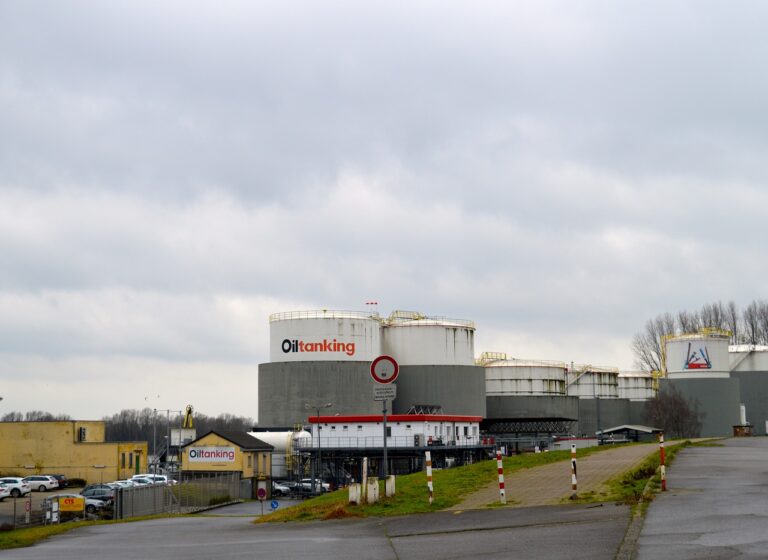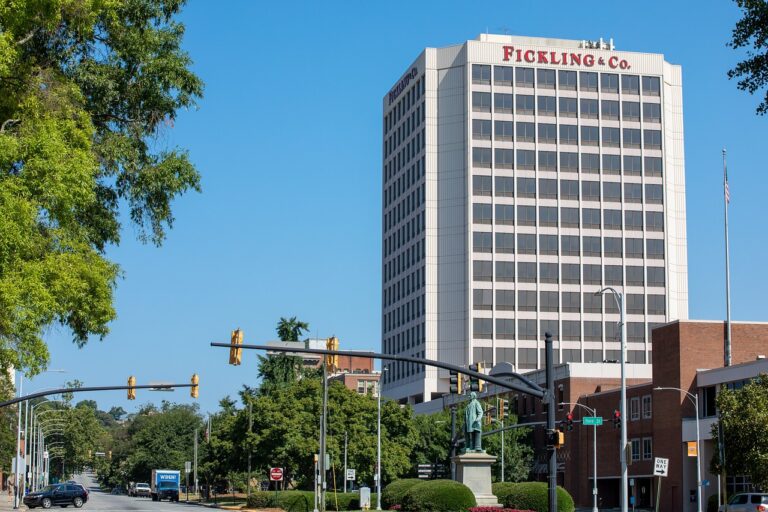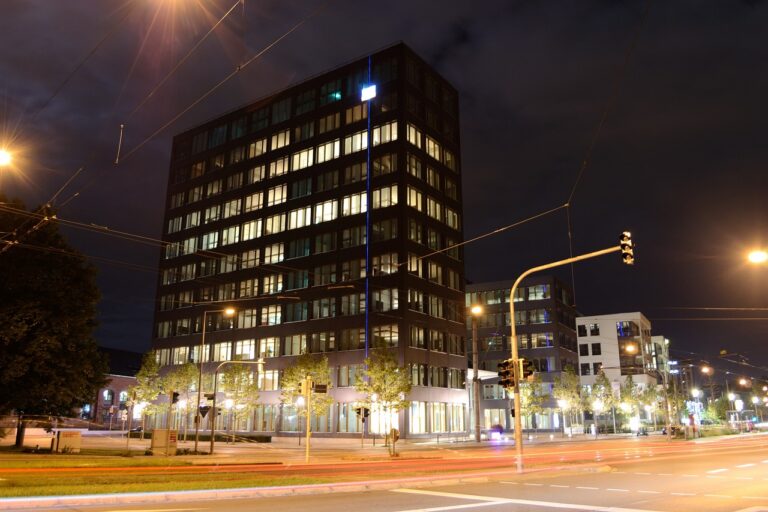Analyzing the Market Potential of 3D Concrete Printing: 11xplay pro, Tiger 247 login, Betbook
11xplay pro, tiger 247 login, betbook: With advancements in technology shaping the construction industry, 3D concrete printing has emerged as a game-changer in the field. This innovative technique allows for the rapid and cost-effective construction of complex structures by layering concrete in a predetermined design. As the market potential of 3D concrete printing continues to grow, it’s essential to explore the opportunities and challenges that lie ahead.
Benefits of 3D Concrete Printing
1. Faster Construction Speed: 3D concrete printing can significantly reduce construction time compared to traditional methods, leading to quicker project completion and cost savings.
2. Cost-Effectiveness: By using less material and labor, 3D concrete printing offers a cost-effective solution for construction projects of all sizes.
3. Design Flexibility: The technology allows for the creation of intricate and customized designs that are not feasible with traditional construction methods.
4. Sustainability: 3D concrete printing produces less waste and utilizes environmentally friendly materials, making it a more sustainable option for construction.
Market Opportunities
1. Housing Sector: The housing sector presents a significant market opportunity for 3D concrete printing, as the technology can help address housing shortages and provide affordable housing solutions.
2. Infrastructure Projects: From bridges to roadways, infrastructure projects can benefit from the speed and efficiency of 3D concrete printing, reducing project timelines and costs.
3. Commercial Construction: The commercial construction industry can leverage 3D concrete printing for unique architectural designs and cost-effective building solutions.
Challenges Ahead
1. Regulations and Codes: The adoption of 3D concrete printing in the construction industry may face challenges related to building codes and regulations that need to be addressed for widespread implementation.
2. Material Development: Developing specialized concrete mixes suitable for 3D printing poses a challenge, as the materials need to meet structural requirements while maintaining printability.
3. Skills Training: As 3D concrete printing is a relatively new technology, there is a need for skilled professionals who can operate and maintain the equipment effectively.
FAQs
Q: How does 3D concrete printing compare to traditional construction methods?
A: 3D concrete printing offers faster construction speeds, cost savings, design flexibility, and sustainability benefits compared to traditional methods.
Q: What are the limitations of 3D concrete printing?
A: Some limitations include regulatory challenges, material development requirements, and the need for specialized skills training.
In conclusion, the market potential of 3D concrete printing is vast, with opportunities in various sectors of the construction industry. While there are challenges to overcome, the benefits of this innovative technology make it a promising investment for the future of construction. By addressing regulatory, material, and skill-related issues, the adoption of 3D concrete printing can revolutionize the way we build structures and create a more sustainable and efficient construction industry.







